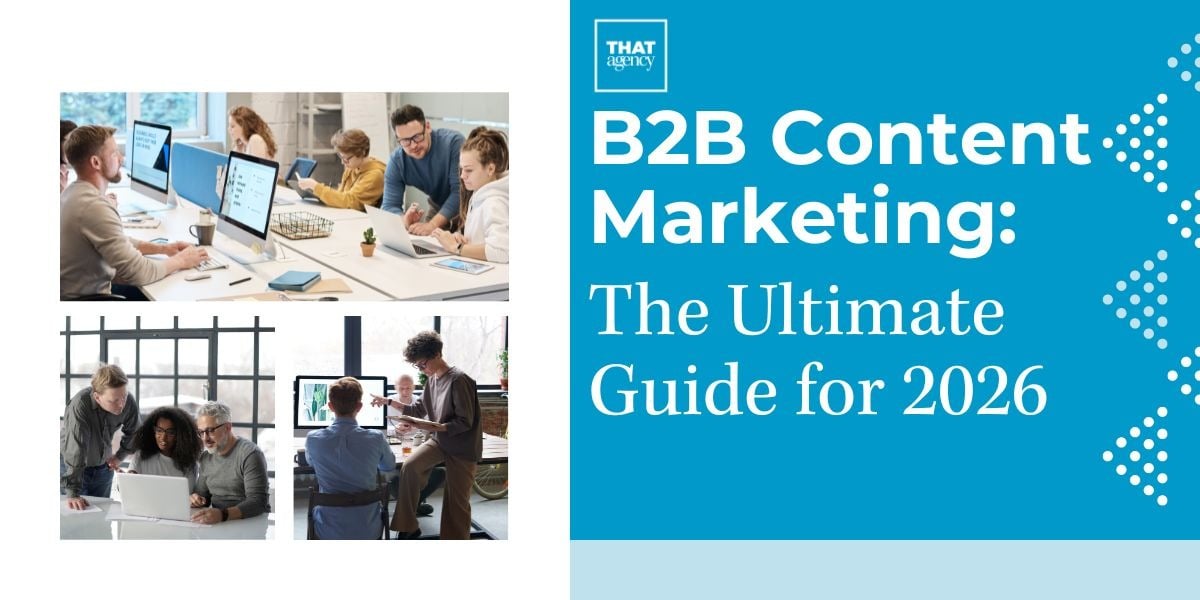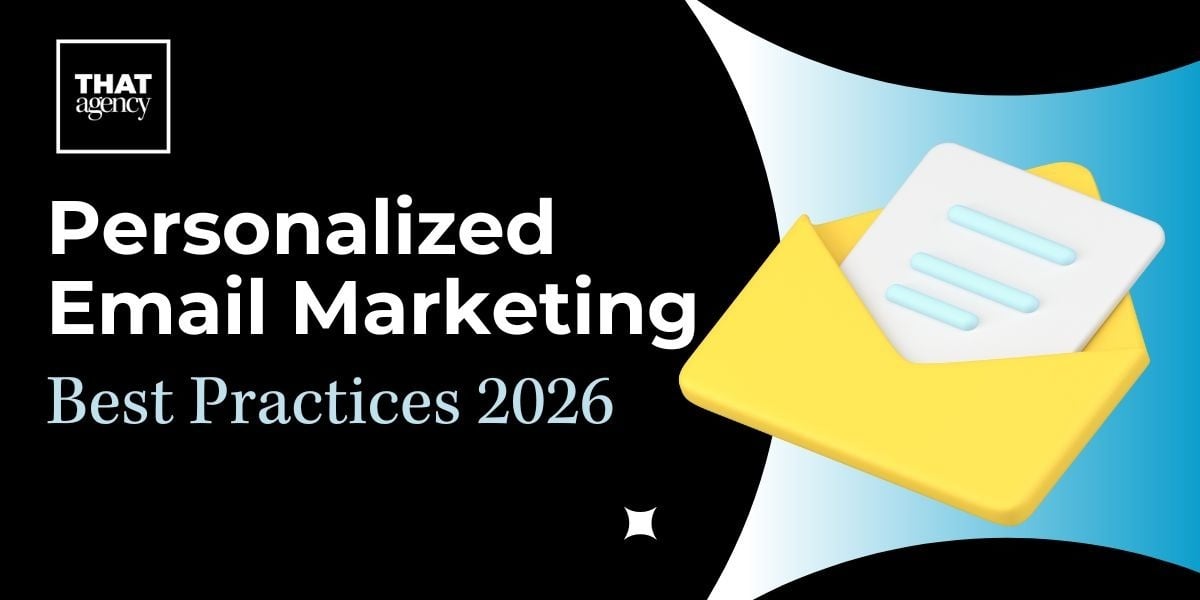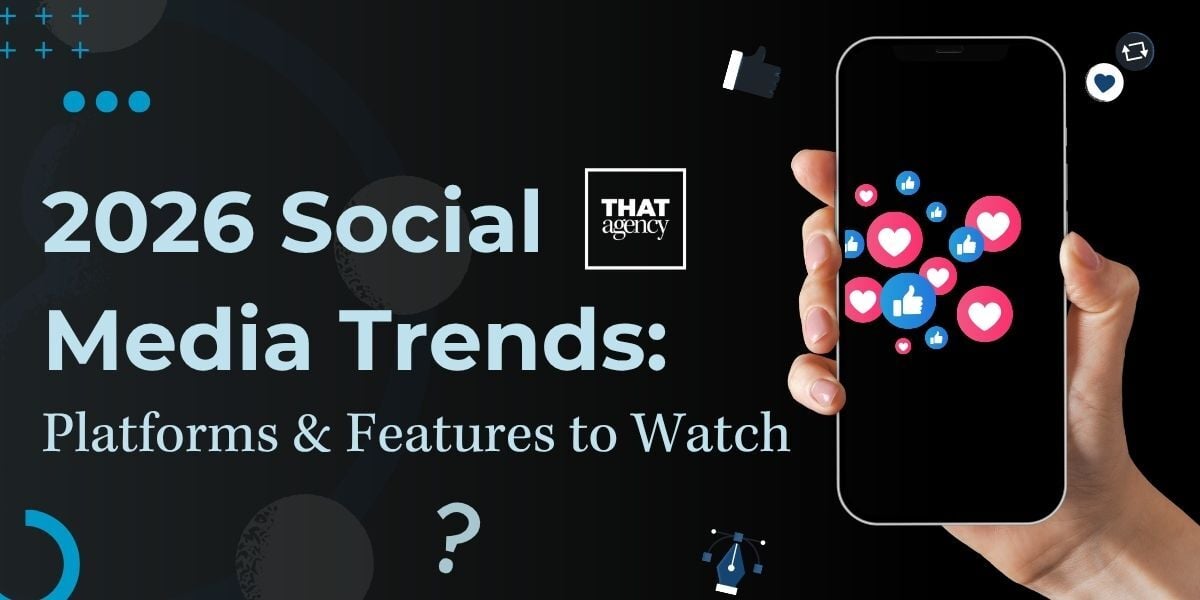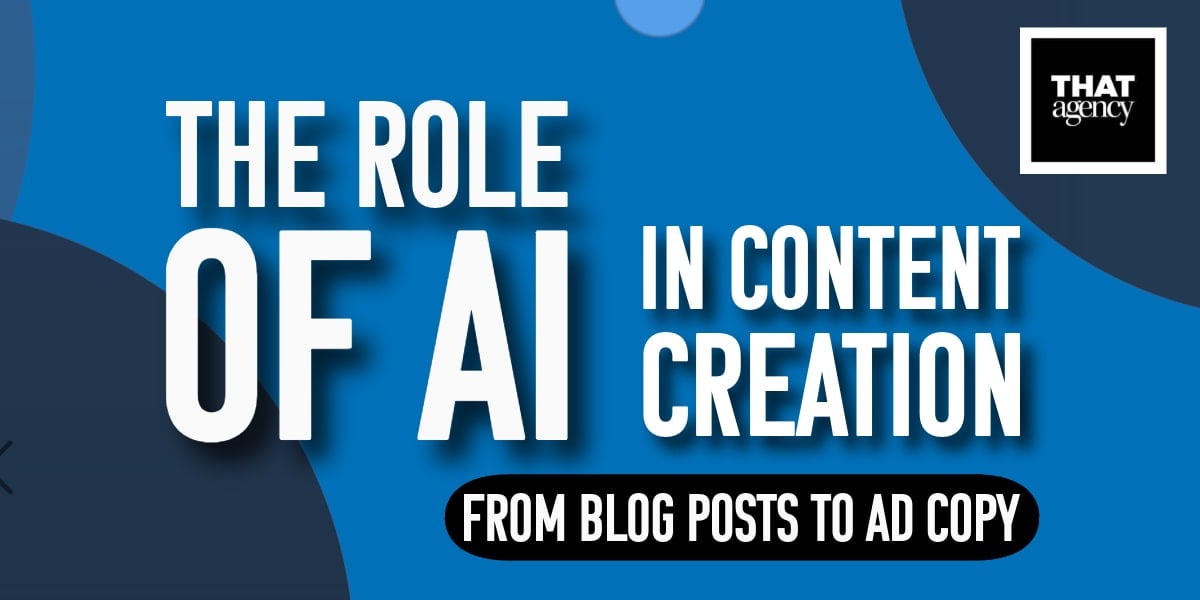2019 is charging in like a freight train. Is your social strategy on board? As you think about the year ahead, make sure that social media planning is at the forefront of your mind. The number of consumers on Facebook, Instagram, Twitter, and other platforms is staggering; your brand cannot afford to get left behind. And you won’t, not with this 7-step social media planning guide.

Your 7-Step Social Media Marketing Planning Process
Ready to get started?
1. Set attainable social media marketing goals that align with your business needs. Many brands, particularly in the early days of social media, just put up a profile and called it good. This is not sufficient today as consumers, and competitors, have become far more savvy. You need clearly defined goals that will drive progress towards larger business needs. Basically, ask yourself what you want out of social:
- To increase brand awareness?
- To create a loyal community of fans and brand advocates?
- To drive deeper engagement with your core, ready-to-buy audience?
- To boost in-person sales?
- To improve your return on investment?
2. Dig deeper into target demographics. First, know thy audience. It does no good to pump time and resources into Facebook, for instance, if your target consumers are flocking to Instagram. It also does no good to be on Instagram posting the wrong types of communications and content.
The channels on which you focus should align with the needs of your audience, and they should align with your business goals. This information is readily available; use it. You will also want to use a social media dashboard to track who’s following you and how.
3. Remember that metrics matter. For an optimal ROI, you need to track your success and identify areas in which you can improve. You’ll need sound metrics that - again - align with the goals you are trying to achieve. Some common ones to pay attention to when it comes to social:
- Reach.
- Clicks.
- Engagement.
- Hashtag performance.
- Reactions (or sentiment).
- Organic and paid likes.
Go beyond followers and likes. Built-in platform analytics tools (e.g. Facebook Analytics) make tracking critical performance areas easier than ever. Here is a helpful Social Media ROI calculator.
4. See what your competitors are up to. This will help guide your efforts and supercharge targeted content creation. Identify your competitors (a simple Google search utilizing keywords and industry terms will reveal a lot) and see what type of social presence they have. A competitive analysis tool, or a digital marketing partner, can help you do this more efficiently and effectively.
Take a look: What type of content do they post? Images? Video? How engaged is their community? Do they respond to comments and concerns? If they’re successful, what are they doing right? You don’t want to copy; you’re your own brand! But looking into effective tactics is always a smart idea so you can tweak and leverage them for yourself.
5. Plan and deliver killer content. To start, find the right mix of content (original/informational, curated, and promotional). If you’re too “salesy,” your audience will hit the unfollow button so fast it’ll make your head spin. They want value and relevance. Give it to them through high quality written, image, and video content.
All content should align with your brand identity. Voice, tone, language, imagery - this all matters, and it should be consistent across not only social but your brand as a whole. Your digital presence, for example, should be consistent with the in-person experience.
6. Socialize. Well, it is social media! This is the opportunity to start and participate in conversations, guide the discussion, and share great content. Implement a plan to engage with followers/fans in meaningful ways.
At the start, this means posting content consistently (and frequently) and responding to questions and comments. The average response time for a brand is about 10 hours. But most consumers expect an immediate or near-immediate response.
Do you have a staff member/social media manager who can handle this? Line them up because you’ll lose potential customers if they feel like you’re ignoring them.
7. Track your progress. You need to plan how you will track and analyze your performance. How did Campaign A do versus Campaign B? Is Facebook under performing while Instagram is humming along? Why?
Go back to your goals and see if you’re making progress towards them. Analytics tools are invaluable here: find one that works for you or work with a digital marketing agency that can take that burden off your shoulders.
Make 2019 the year you crush your social media goals! These seven steps will take you the distance.



.jpg)

